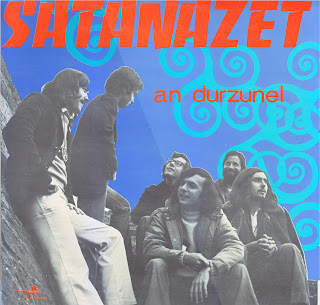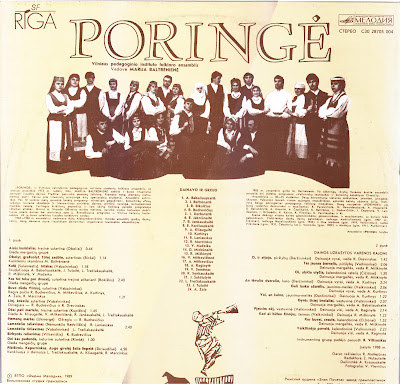L'ORCHESTRE FOLKLORIQUE ROUMAIN
Benone Damian Nicolai Pirvu Petre Marinescu
Ion Cirstoiu Ion Bata Stanescu Dumitru
Pajtás
Stoof, 1977, MU 7439
Zamfir was not the only one to play the nai as there was a school for that, I think created by Fănică Luca and many good players were trained there. Maybe N. Pîrvu went to this school; he was a great player who passed away in 2021.
The present band was formed by violin and accordion player Benone Damian in 1970. He started with classical music and the switched to folk music; his first album was in 1951; He died in 2012.
The music is the ''national'' Romanian music promoted by the Romanian state. So no musical surprise or originality but it's well presented and played. Side B is one track where each musician can display his talent on his instrument during the so-called ''parada''.
This album was recorded live and produced in the Netherlands for Electrecord.
Pajtás is a foundation whose purpose is to propagate the best of Hungarian and Romanian music. Pajtás means ''buddy'' in Hungarian.
Short text in English.





































